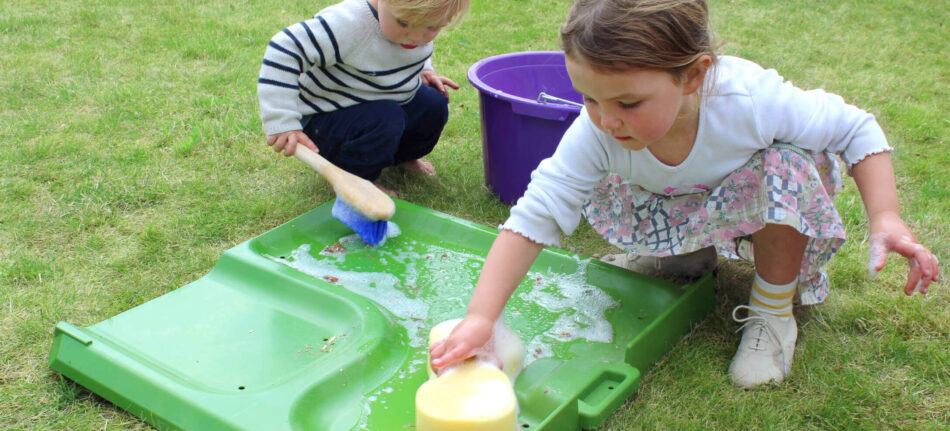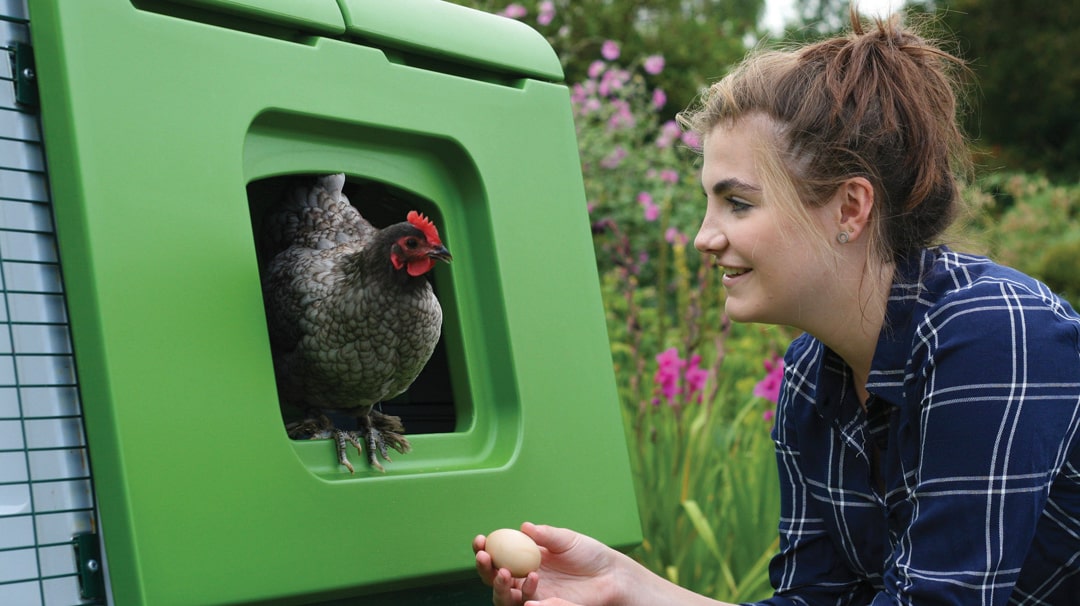What Are Red Mites, and Why Are They a Chicken Keeper’s Worst Nightmare?
It’s red, it looks like a spider, it lives in huge colonies, and it creeps out at night to suck your chickens’ blood. As nightmares go, this one’s pretty alarming – until you realise that it’s one that you can easily wake up from. The creature in question – the Red Mite – is less than a millimetre long, and it’s not difficult to banish from your chicken coop.
The Red Mite is able to live – and feed – on a variety of hosts, including humans, given half a chance. But it is it’s fondness for wild birds that brings it into contact with one of its favourite targets – your chickens. If there are birds in your backyard, there are probably Red Mites too.
Know Your Enemy
The Red Mite, Dermanyssus gallinae, is a parasite that hides in dark corners of the chicken shed and scuttles out at night in huge numbers to suck blood. When fully grown, they are about 0.75mm, with spider-like legs. Before feeding, the mites are greyish-brown rather than red – the colouring comes from the blood they suck. Once engorged, the mites scurry away back to their hiding places. They are patient, too, and have been known to survive for up to 10 months in empty chicken sheds.
Infested hens will eventually develop scabs and wounds, suffer from anaemia (caused by blood loss and manifesting in pale wattles and combs), and may begin to lose feathers. Egg production will plummet, too. If the hens are young, in severe cases the blood loss and physical shock can prove fatal. One of the problems of diagnosis is that the mites are often in hiding when you examine the bird, rather than sitting in plain view (like a louse or flea, for example). These physical signs in the bird should prompt you into action though, and checking the mites’ potential hiding places is straightforward.
If the mites appear to be living on your chickens full time, rather than disappearing in the day, you might have an outbreak of Northern Fowl Mite. Same issues, different beast – and the advice given in this article applies to these bloodsuckers too.
How to be Mightier than the Mite
Because they normally feed at night, you may not spot the mites at first. You can, however, look for their hiding places. Corners and crevices in wooden henhouses are a favourite, and under roosting perches. Once discovered, you need to zap the mini vampires with a hen-friendly anti-mite liquid or powder. There are two types of product aimed at eliminating the beasties – ones that you spray or dust on the hen house and its fittings, and another that you apply directly to the birds.
All bedding should be removed from an infested coop, and the whole structure should be washed with hot water – a power-hose is a good weapon in this battle – before being treated with an anti-mite preparation.
Once the mites have been banished, prevention is the best way of keeping control of the situation. Regular washing of the chicken shed and any other concrete, plastic or wooden areas of the chicken run will help. This is particularly important in the warmer summer months, when the mite population tends to boom.
Some chicken breeders have reported good anti-mite effects from carbon dioxide, either in the form of a ‘dry ice’ fumigation or direct spraying, but there is not yet any formal veterinary rubber-stamping of these procedures.
Another fool-proof way of banishing Red Mite is to keep your hens in a coop that doesn’t have lots of corners, nooks and crannies – i.e. something plastic rather than wooden. Plastic chicken sheds are easier to clean and keep hygienic, and the Queen of Coops is the Eglu.
So, you can’t keep the wild birds and their mites away, but you can easily stop them regaining a hold amongst your flock. Once the nightmare is banished, both you and your hens can sleep easy at night.
This entry was posted in Chickens

